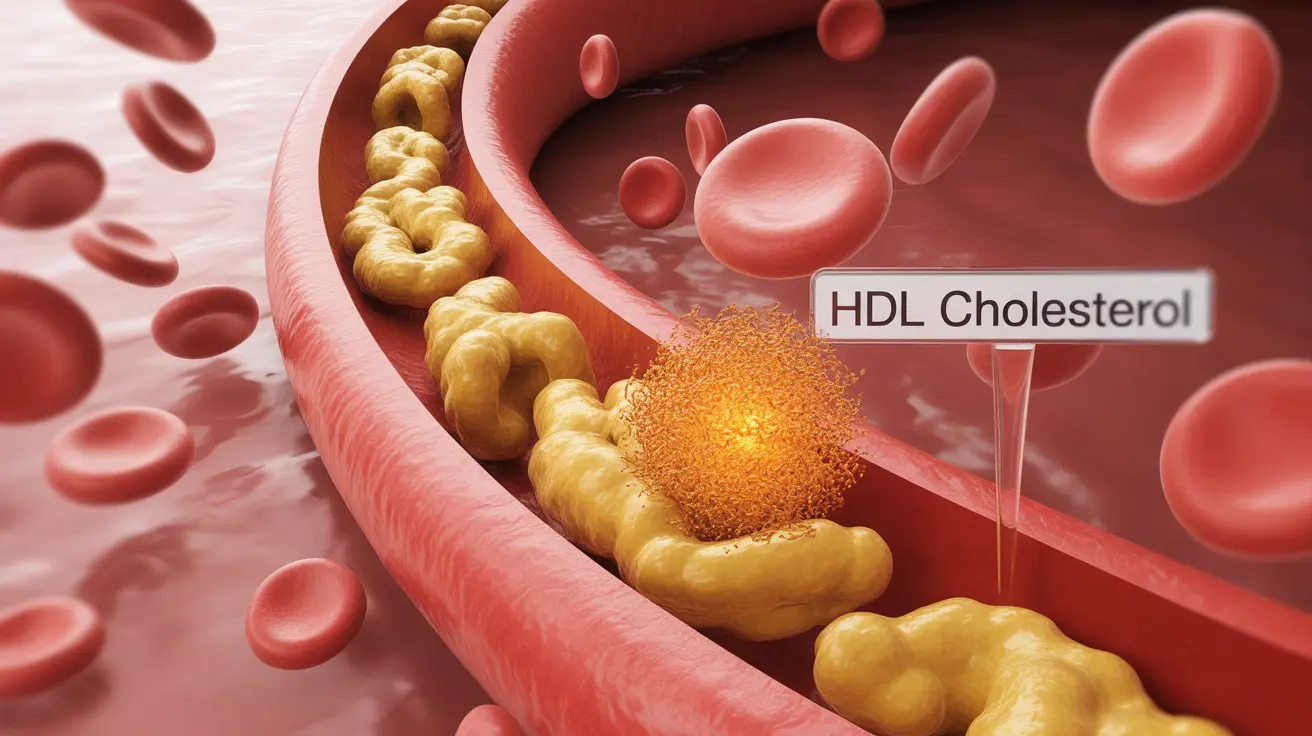Understanding your HDL cholesterol goals is crucial for maintaining optimal heart health and reducing your risk of cardiovascular disease. HDL, often called "good cholesterol," plays a vital role in removing harmful cholesterol from your bloodstream and transporting it to your liver for processing.
In this comprehensive guide, we'll explore recommended HDL levels, strategies for improvement, and the importance of maintaining balanced cholesterol levels for long-term health.
Understanding HDL Cholesterol
HDL (High-Density Lipoprotein) cholesterol is a beneficial form of cholesterol that helps protect against heart disease. Unlike its counterpart LDL (Low-Density Lipoprotein), HDL works to remove excess cholesterol from your bloodstream, effectively reducing your risk of arterial buildup and cardiovascular problems.
Target HDL Levels by Gender
For Women
Women should aim for HDL levels of 50 mg/dL or higher. Levels above 60 mg/dL are considered optimal and offer additional protection against heart disease.
For Men
Men typically have lower HDL levels than women. The recommended HDL goal for men is 40 mg/dL or higher, with levels above 60 mg/dL considered optimal.
Natural Ways to Boost HDL Levels
Several lifestyle modifications can help increase your HDL cholesterol naturally:
- Regular physical activity (30 minutes of moderate exercise most days)
- Maintaining a healthy weight
- Choosing heart-healthy fats
- Limiting refined carbohydrates
- Quitting smoking
- Moderate alcohol consumption (if you drink)
Monitoring Your HDL Levels
Regular cholesterol screening is essential for maintaining optimal health. Adults should get their cholesterol checked every 4-6 years, though more frequent testing may be recommended based on individual risk factors and medical history.
The Impact of Very High HDL
While HDL is generally considered beneficial, extremely high levels (above 80-90 mg/dL) might not provide additional cardiovascular benefits and could potentially indicate underlying health issues. Always consult with healthcare providers to interpret your specific cholesterol results.
Frequently Asked Questions
- What are the recommended HDL goal levels for men and women to maintain heart health?
For women, the recommended HDL goal is 50 mg/dL or higher, while men should aim for 40 mg/dL or higher. Levels above 60 mg/dL are considered optimal for both genders.
- How can I naturally increase my HDL cholesterol levels through lifestyle changes?
You can increase HDL levels naturally through regular exercise, maintaining a healthy weight, choosing healthy fats, limiting refined carbohydrates, avoiding smoking, and consuming alcohol in moderation if you drink.
- What are the risks associated with extremely high HDL cholesterol levels?
While HDL is generally protective, extremely high levels (above 80-90 mg/dL) may not offer additional benefits and could indicate underlying health issues. Some research suggests very high HDL levels might be associated with inflammation or other medical conditions.
- What is the difference between good (HDL) and bad (LDL) cholesterol, and how do they impact overall health?
HDL (good) cholesterol helps remove excess cholesterol from the bloodstream and transport it to the liver for processing. LDL (bad) cholesterol can build up in artery walls, leading to plaque formation and increased risk of heart disease.
- How often should adults check their cholesterol levels, and what steps can be taken to manage high cholesterol?
Adults should check their cholesterol levels every 4-6 years, with more frequent monitoring if they have risk factors or existing conditions. Management strategies include lifestyle changes, diet modification, regular exercise, and medication if prescribed by a healthcare provider.




